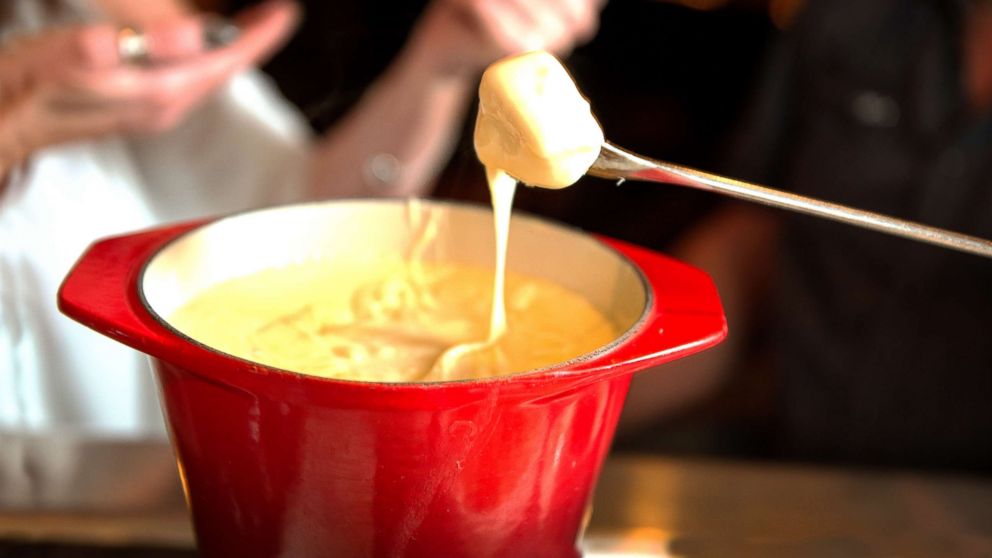How to make the perfect fondue, according to Swiss scientists
This is an Inside Science story.
During the cold of winter, the Swiss will often prepare a warm pot of fondue for supper. The famous melted cheese dish is traditionally made with grated cheese, white wine, a thickener like corn or potato starch and seasonings like garlic, pepper and nutmeg. The ingredients are simple, but woe to the home chef who gets the proportions wrong (or forgets one component entirely). They may be left with a pot of cheese that is too liquidy, too gummy, or -- worst of all -- separates into oil, water, and cheese solids.
Now a new scientific paper can help fondue preparers avoid the shame of a ruined meal.
"In Switzerland, everyone claims to know exactly how to prepare the perfect fondue. I realized that there hasn’t been a scientific investigation, and decided to do it," said Pascal Bertsch, a graduate student in the Laboratory of Food Process Engineering at the Swiss Federal Institute of Technology in Zurich, in an email to Inside Science.
Bertsch and his colleagues made a series of fondues from Gruyere and Vacherin cheeses, water, potato starch, and an ethanol mixture that mimicked the effects of wine. Together the ingredients make what is scientifically called a colloidal system, meaning that tiny particles of protein, fat and starch are evenly dispersed in the water and alcohol.
It wasn’t entirely clear how the different ingredients would affect fondue, Bertsch said, so the team tried to tease out the answers. They found that a minimum of 3 percent potato starch relative to the fondue's water content was necessary to prevent separation. They also found that the alternative thickeners xanthan and carrageenan did the trick at a lower concentration, although they wrote, "We are aware that this will hardly be acknowledged by Swiss people for future fondue preparation."
Too much starch could make the fondue too sticky and too much wine, which lowers the pH, could make it too liquidy. Many Swiss add baking soda to their fondue, which can increase the airiness of the dish by releasing carbon dioxide. The researchers found this extra ingredient might also make the fondue creamier by counteracting the wine and increasing the pH. The pH of the fondue mixture affects the properties of one of the main proteins in cheese, which in turn affects how the fondue flows.
In total, the research should give amateur chefs the tools to correct their fondue if it is coming out too thin or gummy, Bertsch said. So, if before the winter is over you want to whip up a fine, creamy fondue that clings to the bread in just the right way, a little science can be your friend in the kitchen.
Inside Science is an editorially-independent nonprofit print, electronic and video journalism news service owned and operated by the American Institute of Physics.





